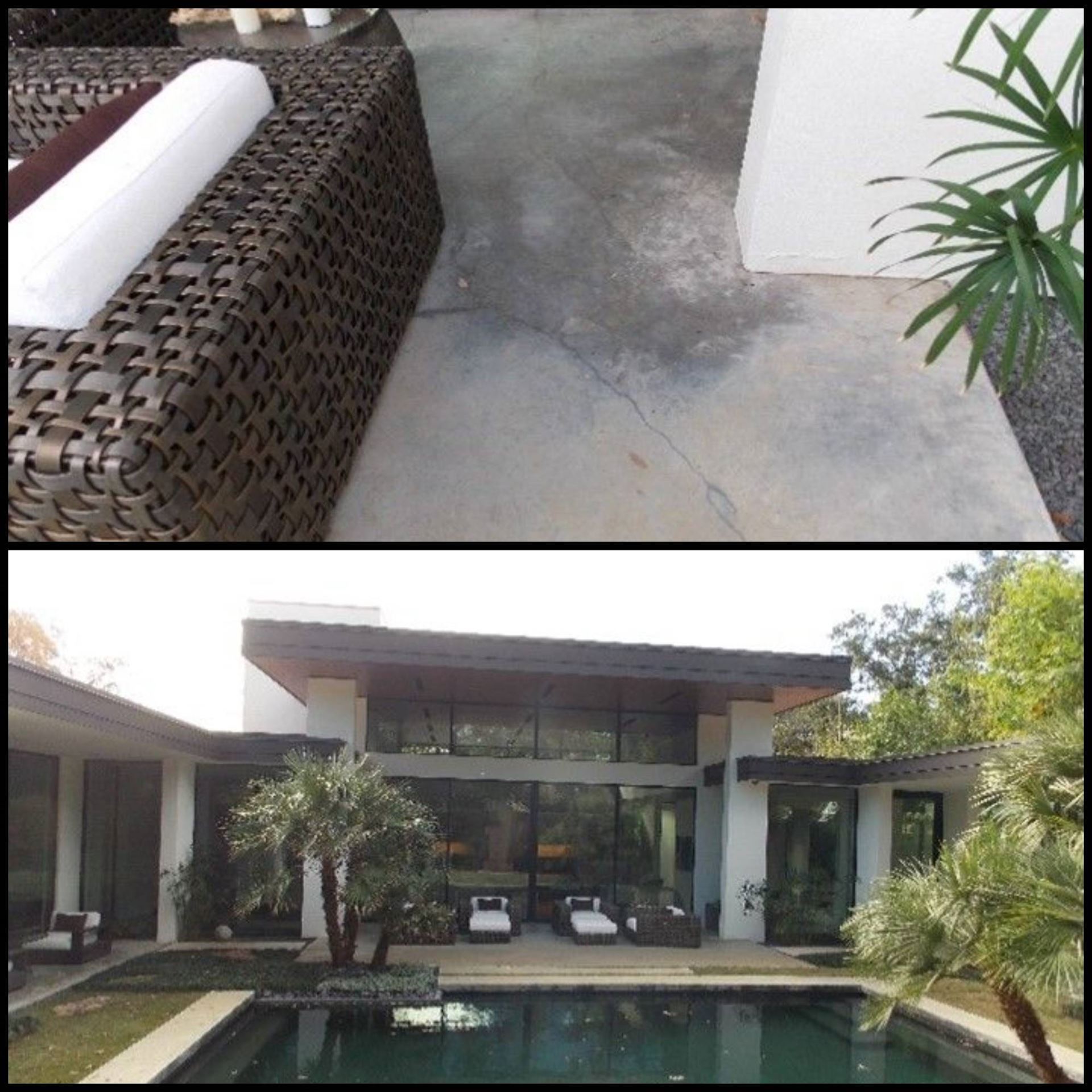4:00 PM (1.0 PDH)
 Geoforensic Study for Detention Pond Segmented Block Wall Failure
Geoforensic Study for Detention Pond Segmented Block Wall Failure
Presented by Mr. John Wang, Ph.D., with Geotech Engineering and Testing
BIO: Mr. John Wang, Ph.D., is a Project Manager at Geotech Engineering and Testing (GET) with the responsibility for daily operations of Geoforensic and geotechnical explorations, data analyses and preparation of report recommendations. He has several years of experience in field of geoforensic, geotechnical, environmental, and materials engineering. He has been involved in geoforensic studies as they relate to commercial structures, residential, slope failures, pavements, retaining walls, sewer leaks, plumbing leaks, etc. He other experience includes research and development in the field of soils, rock materials testing for slopes, retaining walls, pavements, low to high rise buildings, slope protection remedial works, deep foundations, flood control channels, community centers, office buildings, and subdivisions. His other experience includes research and development in the field of unsaturated soil mechanics (expansive soils). Dr. Wang is also actively involved in environmental site assessment projects, including Phase I and Phase II Environmental Site Assessment Studies.
ABSTRACT: Dr. Wang, Project Manager with Geotech Engineering and Testing, will discuss a segmented block wall detention pond structure built in 2022. It is located in Montgomery County, Texas, and the 17-foot- tall wall experienced failure. The purpose of this study was to identify the causes of segmented block wall detention pond failure and develop recommendations on wall replacement. These objectives were met by (1) conducting site visits, (2) performing field exploration, (3) conducting laboratory testing, (4) reviewing existing data and reports by others, and (5) analyzing the data to develop engineering analysis. The potential causes of the block wall detention pond failure at the project site could be attributed to (a) inadequate design, (b) improper construction, and (c) improper materials.
5:00 PM (1.0 PDH)
 Limited Geoforensic Study of a Residence in the Houston Area
Limited Geoforensic Study of a Residence in the Houston Area
Presented by Mr. James Namekar, Ph.D., P.E., with Geotech Engineering and Testing
BIO: Dr. James Namekar, P.E., is the Chief Engineer for geotechnical engineering at Geotech Engineering and Testing (GET) with the responsibility for the daily operations of geoforensic, geotechnical and environmental engineering, data analyses and the preparation of report recommendations. He has 24 years of experience in the fields of geoforensic, geotechnical, environmental, and materials engineering. He has been involved in geoforensic studies as they relate to commercial structures, residential, slope failures, pavements, retaining walls, pipelines, sewer leaks, plumbing leaks, etc. His other experience includes planning and supervising geotechnical explorations, subsurface investigations, coordinate laboratory testing and analyze results, date review, report preparation and post-design services. His other experience includes research and development in the field of deep foundations, slope-stability, retaining walls, unsaturated soil mechanics. Dr. Namekar’s geotechnical experience has been in landslide investigations, static and seismic slope stability analysis for embankments, cut slopes, ground improvements, jet grouting, shallow and deep foundation design and special inspection, horizontal directional drilling, settlement, lateral earth pressure, rigid pavement design. He has a lot of experience with design of foundations on expansive soils. He has also been involved in conducting many environmental site assessment studies, including Phase I and II environmental site assessment studies.
ABSTRACT: An existing residence in Bellaire, Texas, experienced foundation and structural movements which have resulted in cracks in the concrete floor slabs. The existing residence consists of a one-story building located at the east area and a two-story wing building located at the west area, with the designed foundation system consisting of a 6-inch-thick concrete slab on 6-inch void boxes supported by drilled and underreamed concrete piers with a 9-ft depth below the existing grade. The identified foundation and structural movement causes in this limited geoforensic study will be discussed, as well as the recommended repair techniques to reduce future movement and cracking of the structure.